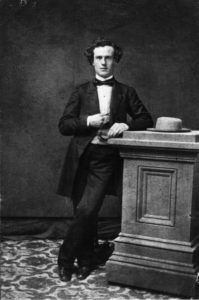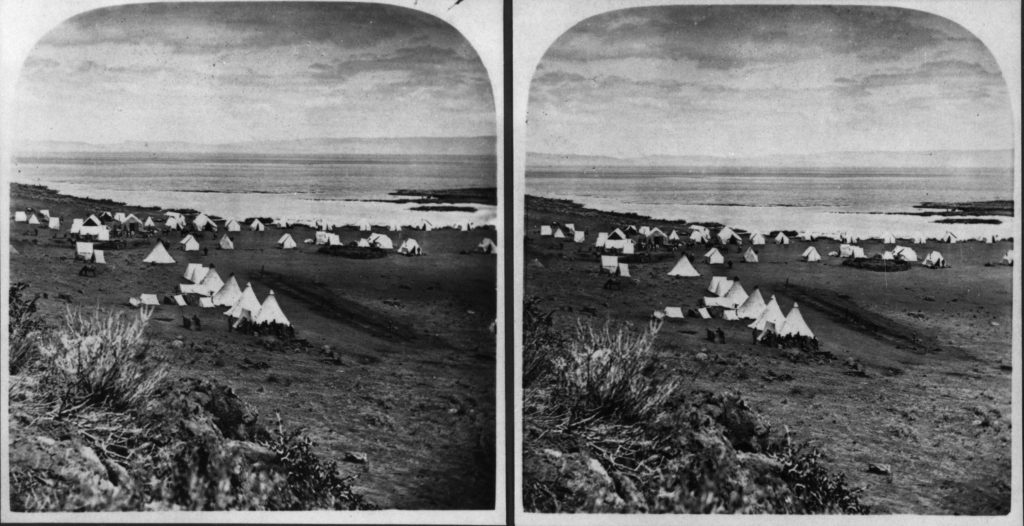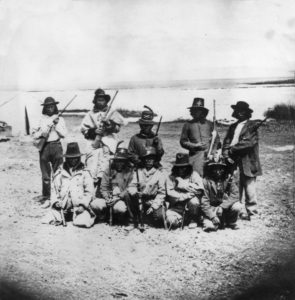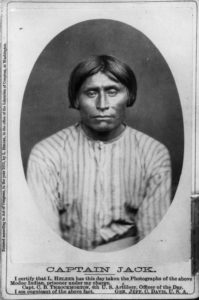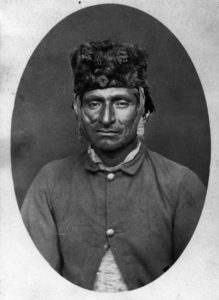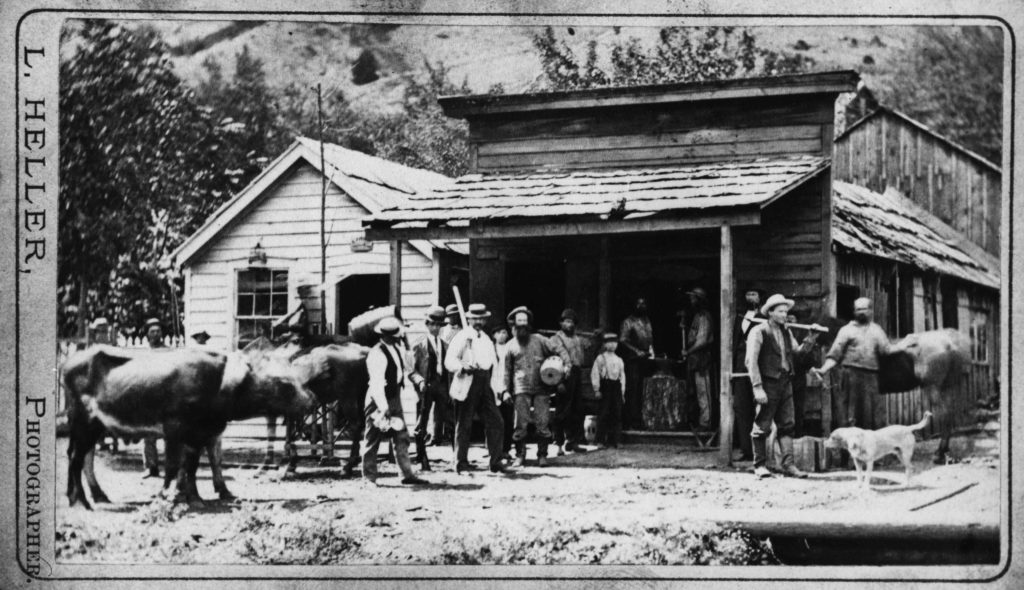Louis Herman Heller
Values Codes I – E – L
Louis Herman Heller was born in Hesse-Darmstadt, Germany in 1839 – the same year that British scientist Sir John Herschel coined the term “photography” (lit. “drawing with light”).
Along the way . . .
Louis Heller sailed for New York in 1855 at the age of 16.
After arriving in New York, Heller became an assistant to Julius Bien, a lithographer, fellow German Jew, and the first great scientific map engraver in the United States.
Bien was also president of the National Lithographers’ Association (1886-1896) and president of B’nai B’rith (1857-1860 and 1868-1900).
Among other projects, Heller helped Bien produce Audubon Folios.
By 1860, Heller was part of New York’s photography establishment, and was proficient in all aspects of the trade.
Siskiyou County, California
Louis Heller joined the westward migration to the Pacific Coast, arriving in Northern California around 1862.
By 1864, he had settled in Yreka, Siskiyou County, in the Gold Country near the Oregon border. He was naturalized in November of that year.
Heller opened Yreka Photograph Gallery on Miner Street, where he offered “Photographs, Ambrotypes, Melainotypes…in the most superior style, and at reasonable rates.”
In the summer months, he traveled with a portable photo-tent gallery to nearby rural areas, providing his services to Fort Jones, Rough & Ready, the Scott Valley region, and elsewhere.
In 1869, Heller sold his gallery to his assistant, Jacob Hansen, and relocated to Fort Jones, where he remained until 1900.
Modoc War
The Modoc War of 1872-1873 pitted a small band of roughly 55 Modoc Indians against 1,000 U.S. Army soldiers. It was the only such conflict to occur within the boundaries of California.
The initial confrontation took place in November 1872. There were casualties on both sides.
Modoc Indians, under Captain Jack, retreated to the “beds of frozen fire” (now Lava Beds National Monument), where they managed to repel the army for seven long months.
On April 11, 1873, the Modoc massacred a party of peace commissioners after the government refused Modoc demands for a reservation along the Lost River and exoneration for earlier murders of white settlers.
The public, already frustrated by the army’s ineptness, demonstrated in protest.
In Yreka, the Secretary of the Interior, Columbus Delano, was hanged in effigy. Louis Heller was there to capture the scene, producing the earliest known photograph related to the Modoc War.
Soon thereafter, Heller headed to the frontlines with his stereoscopic camera.
“[Heller’s photos] will undoubtedly sell with a rush, as everyone wants to see what the lava beds look like, and to form an idea of the hard place soldiers have been obliged to fight the Indians in.” – Yreka Journal, May 14, 1873
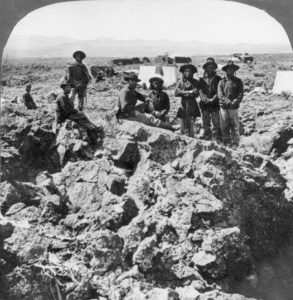
Warm Springs Indian scouts and U.S. Army soldiers at the Lava Beds, photograph by Louis Heller, WS#2364
Another photographer of the Modoc War was Eadweard Muybridge, the famed pioneer of stop-motion photography and motion-picture projection. Because of his renown, Muybridge is sometimes touted as the Modoc War photographer.
Yet, Heller was the first to photograph the actual war site, the first to have photographs of the war appear in a national publication, and the first to photograph Modoc captives. (Muybridge did not photograph the captives at all.)
Heller printed his first sets of Modoc War stereographs under his own name. However, due to distribution issues, he soon arranged to have them printed and distributed by Carleton Watkins’ San Francisco-based Yosemite Art Gallery, a competitor of Muybridge’s distributor, Bradley & Rulofson.
On June 1, 1873, Captain Jack and the remnants of his tiny band were taken prisoner. The Modoc warriors were eventually captured, Captain Jack and other “instigators” were executed, and more than 150 were exiled to the Quapaw Agency in Oklahoma.
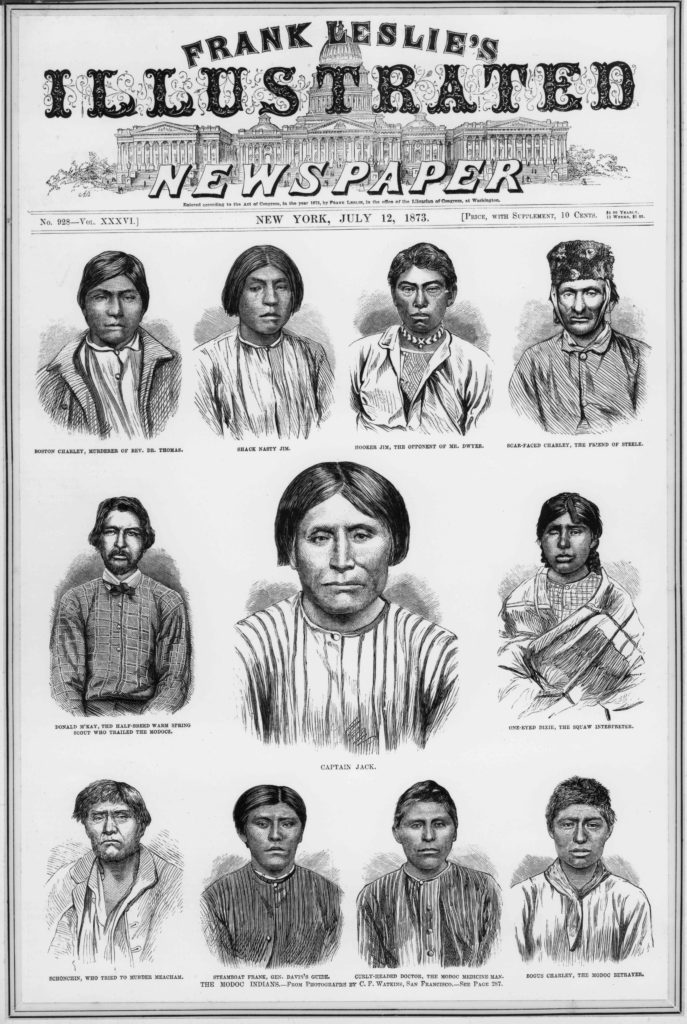
Cover of Frank Leslie’s Illustrated Newspaper, July 12, 1873, featuring captive Modoc Indians photographed by Louis Heller, WS#2362
Heller took portraits of the captives, which sold briskly through Watkins’ gallery and appeared in Frank Leslie’s Illustrated Newspaper and other publications. Unfortunately, photo credit was given to Watkins, thus sealing Heller’s anonymity as a photographer of the Modoc War.
By the fall of 1873, Heller had returned to his regular work at his Fort Jones gallery.
In 1889, he opened a drugstore in conjunction with the photography studio.
“Being a thorough druggist of many years’ experience previous to his locating in Fort Jones, he will make it a convenience to the public and a source of income to himself.” – Scott Valley News, April 20, 1889
Civic
Louis Heller served as Justice of the Peace in Scott Valley (1878-1879), and was Postmaster of Fort Jones from 1894 to 1898.
Family
In 1889, the longtime bachelor married Alice Daggett, sister of John Daggett, the former Lieutenant Governor of California (1883-1887).
In August 1900, Louis and Alice placed their home (the second floor of which was the photography studio) and much of their personal property on the auction block.
Before moving to San Francisco, Louis destroyed all of his glass-plate negatives, believing them to be of no value.
Louis Herman Heller died in San Francisco in 1928.
His former residence in Fort Jones, known as the Fort Jones House, is on the National Register of Historic Places.
Source
- Peter E. Palmquist, “Jewish Photographer of the Modoc Indian War,” Western States Jewish History 22/4.
Jonathan Friedmann is curator of this Louis Herman Heller exhibit.
